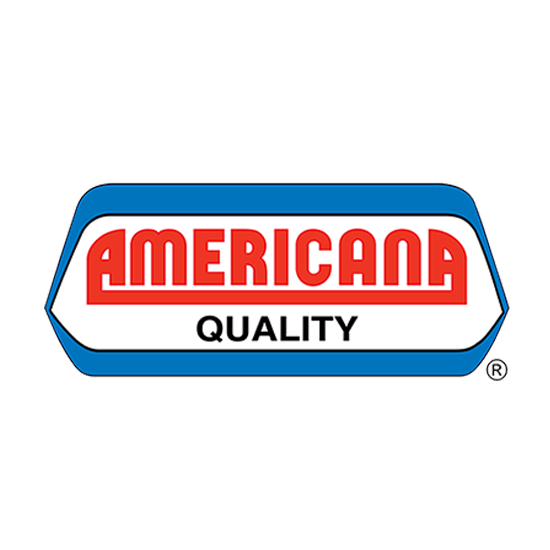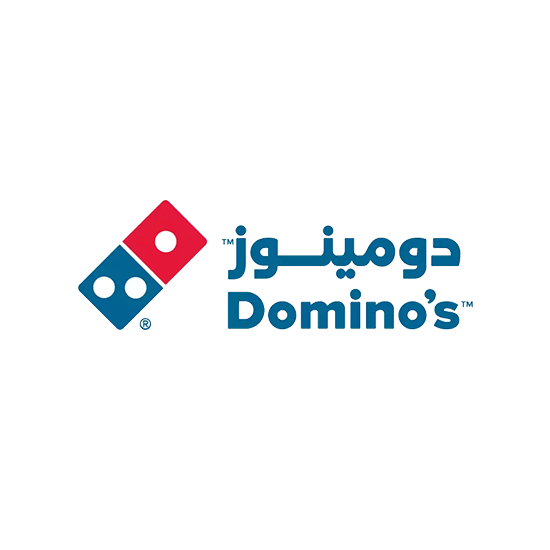Importance of Speed and Accuracy in Drive-Thru Services

In today’s fast-paced world, convenience is king. One of the quintessential examples of this is the drive-thru service. Whether you’re grabbing a quick coffee on your way to work or picking up dinner after a long day, the drive-thru offers a level of convenience that dining inside simply can’t match. However, the effectiveness of a drive-thru service hinges on two critical factors: speed and accuracy. In this blog, we will delve into the importance of these elements, the impact they have on customer satisfaction, and explore drive-thru solutions that can enhance both speed and accuracy.
I. The Drive-Thru Experience: A Brief Overview
The concept of the drive-thru service dates back to the 1940s and has since become a staple in the fast-food industry. It’s designed to offer customers a quick and convenient way to order, pay for, and receive food without leaving their vehicles. The efficiency of a drive-thru can significantly influence a customer’s decision to return, making it a vital aspect of the service industry.
II. The Role of Speed in Drive-Thru Services
Speed is perhaps the most obvious metric by which drive-thru services are judged. In an era where time is a precious commodity, customers expect quick service. The goal is to minimize the time from when a customer enters the drive-thru lane to when they receive their order.
Customer Satisfaction: Fast service directly correlates with customer satisfaction. The quicker customers can get their food, the happier they are likely to be. Long wait times can lead to frustration and may deter customers from returning.
Operational Efficiency: Speed also impacts operational efficiency. The faster a restaurant can serve each customer, the more customers it can handle in a given time frame. This directly translates to higher revenue.
Competitive Edge: In a competitive market, speed can be a differentiator. Restaurants that can consistently offer fast service will likely attract more customers, giving them an edge over competitors who may struggle with longer wait times.
III. The Importance of Accuracy in Drive-Thru Services
While speed is crucial, it should not come at the expense of accuracy. Ensuring that each order is correct is equally important in maintaining customer satisfaction and operational efficiency.
Customer Trust: Accurate orders build trust. When customers consistently receive the correct items, they are more likely to return. Conversely, frequent mistakes can lead to dissatisfaction and lost business.
Cost Management: Errors in orders not only frustrate customers but also cost the business money. Incorrect items need to be replaced, leading to wasted food and increased operational costs.
Brand Reputation: Consistent accuracy helps maintain a positive brand image. A reputation for accuracy can be a significant advantage, particularly in a market where word-of-mouth and online reviews can heavily influence consumer choices.
IV. Effective Drive-Thru Solutions for Speed and Accuracy
Given the importance of both speed and accuracy, businesses need to implement effective drive-thru solutions to optimize these aspects. Here are some strategies and technologies that can help:
Advanced Order Taking Systems: Implementing modern POS (point of sale) systems that integrate seamlessly with drive-thru operations can streamline the order-taking process. Features like touch screens, intuitive interfaces, and integrated payment options can reduce the time spent at each stage of the transaction.
Digital Menu Boards: Digital menu boards can speed up the ordering process by clearly displaying menu options and promotions. They can be updated in real-time to reflect current offerings, helping to avoid confusion and delays.
Automated Order Confirmation: Systems that provide automated order confirmation can help ensure accuracy. Customers can review their orders before they are finalized, reducing the likelihood of errors.
Efficient Communication Systems: Clear communication between the customer, order taker, and kitchen staff is essential. Investing in high-quality headsets and communication devices can minimize misunderstandings and errors.
AI and Machine Learning: Advanced technologies like AI and machine learning can analyze patterns and predict peak times, allowing for better staffing and resource management. Some systems can even suggest upsells and modifications to streamline the ordering process.
Dedicated Staff Training: Well-trained staff are crucial to maintaining both speed and accuracy. Regular training sessions can help ensure that employees are familiar with the latest procedures and technologies.
Drive-Thru Layout and Design: The physical layout of the drive-thru lane can impact both speed and accuracy. A well-designed layout that minimizes bottlenecks and allows for smooth traffic flow can significantly enhance the overall experience.
Mobile Ordering Integration: Allowing customers to place orders via mobile apps before arriving at the drive-thru can reduce wait times and improve order accuracy. These apps can store customer preferences, making the ordering process quicker and more personalized.
V. The Future of Drive-Thru Solutions
As technology continues to advance, the drive-thru service will likely see further innovations aimed at enhancing speed and accuracy. Some future trends include:
- Automated Food Preparation: Robotics and automation in food preparation can speed up the process and reduce human error, ensuring that orders are both fast and accurate.
- AI-Powered Customer Interaction: AI-powered systems can take orders, answer questions, and provide recommendations, offering a seamless and efficient customer experience.
- Enhanced Data Analytics: Utilizing data analytics to track performance metrics can help businesses continuously improve their drive-thru operations, identifying areas for improvement and implementing targeted solutions.
- Sustainable Practices: As consumers become more environmentally conscious, integrating sustainable practices into drive-thru operations, such as eco-friendly packaging and energy-efficient equipment, can appeal to a broader customer base.
Conclusion
In conclusion, the importance of speed and accuracy in drive-thru services cannot be overstated. They are the pillars upon which customer satisfaction and operational efficiency rest. By implementing effective drive-thru solutions that leverage advanced technology, clear communication, and efficient processes, businesses can ensure that their drive-thru service meets the high expectations of today’s consumers. As the industry continues to evolve, staying ahead of the curve with innovative solutions will be key to maintaining a competitive edge in the market.





































